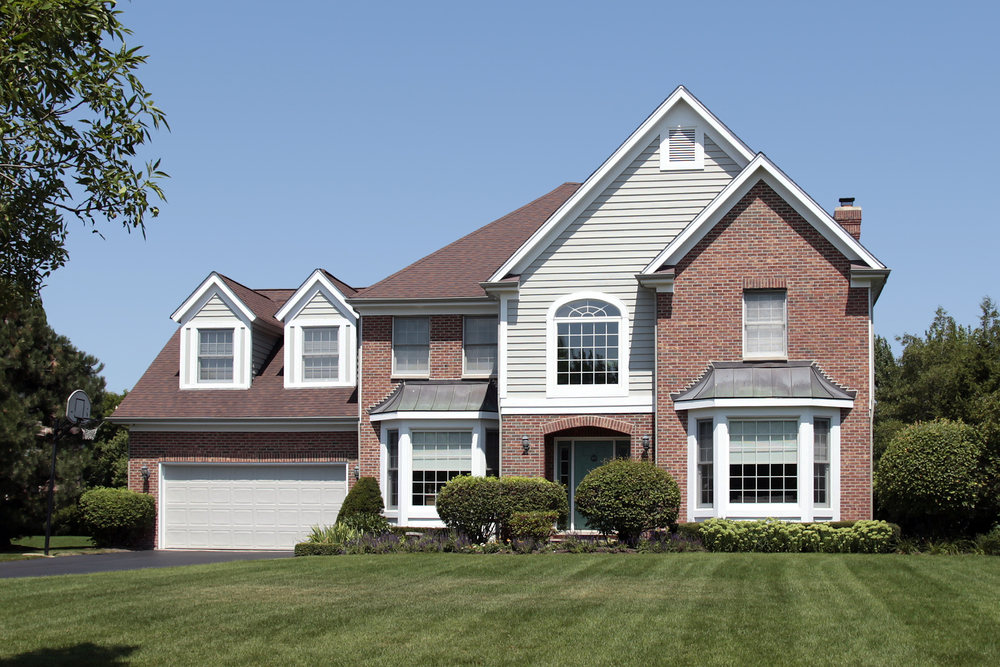Extreme weather events seem more frequent than ever before, leaving New Jersey homeowners concerned about how to properly storm-proof homes to minimize roof and exterior damage when the next storm hits.
From hurricanes and windstorms to hail, heavy snow accumulation and ice storms, preparing your home to withstand mother nature is key in a state prone to impact from coastal and inland storms alike.
As experienced exterior home contractors serving New Jersey homeowners and businesses for over 15 years, RGB Construction knows how vulnerable properties can be to storms and severe weather. We also understand how to properly reinforce and protect your roof and entire exterior envelope to minimize storm damage and prevent costly repairs.
Key Takeaways
- Annual roof inspections detect damage and determine age/condition
- Proper attic ventilation regulates temperature and moisture
- Impact-resistant shingles withstand hail and debris from wind damage
- Durable roofing materials like metal withstand heavy rains
- Trim overhanging trees to avoid falling limbs during storms

Front view of suburban home with arched entry
Roofing Material Storm Resistance Comparison
| Material | Impact Resistant Options | Wind Resistance | Water Resistance | Annual Maintenance |
|---|---|---|---|---|
| Asphalt Shingles | Yes, Class 4 Hurricane rating available | Moderate | Moderate | Minimal |
| Metal Roofing | Yes | Best | Best | Minimal |
| Tile Roofing | Yes | Superior | Best | Minimal |
| Wood Shakes | No | Poor | Moderate | Extensive |
Follow these storm-proofing tips from our team:
Inspect Annually For Roof Age & Condition The older your roof, the more vulnerable it becomes to wind uplift, leaks and hail damage from storms. Inspect at least once per year for wear and replace your roof before it exceeds 20-25 years. Critical with older roofs, an annual tune-up after strong storms checks for damage.
Ensure Proper Roof Ventilation
Proper attic and roof ventilation improves air circulation underneath the roof deck. This ventilation helps regulate temperature and moisture accumulation even during intense rains or rapid melt cycles after large snowfalls. We prevent “attic rain” with smart ventilation.
Install Impact-Resistant Shingles
For homeowners in storm-prone regions of New Jersey, upgrading to impact-resistant asphalt shingles provides enhanced durability against hail or debris blown by high winds during hurricanes and thunderstorms.Impact resistance varies so consult reputable local roofers like RGB Construction to choose the right level of protection to meet recent storm trends in your area. We offer shingles rated to withstand up to Class 4 hurricane-force winds.
Choose Durable Materials
In addition to impact-resistant asphalt shingles, roofing materials like metal, synthetic slate and clay/concrete tiles resist even the heaviest rainfall. Make material choices to match your budget, home style and degree of weathering needs. RGB Construction helps homeowners weigh the options specific to storm-proofing goals.
Trim Overhanging Trees Keep trees and landscaping trimmed back from touching the roofline. Falling limbs and debris leads to irreparable damage, leaks and even loosened shingles during storms. Prevent falling object perils with smart vegetation management.
Storm protection for your most important asset—your home–requires proactive preparation before severe weather hits not reaction after the damage is already done.
Conclusion
Contact the pros at RGB Construction to evaluate your home’s ability to withstand New Jersey winds, heavy snow accumulation, thunderstorms, hurricanes and hail/rain storms. We’ll provide straight-forward recommendations to protect your exterior envelope against whatever mother nature throws this way.
6 Common Storm Protection FAQs
What roofing materials best withstand storms? Metal, composite and impact-resistant asphalt shingles provide durable options. Tile resists heavy rainfall. Wood shakes leak over time.
How often should I inspect my roof? Your roof should be inspected at least annually as it ages for damage, especially after major storms with high winds or hail pass through your region.
Do all asphalt shingles resist storm damage? Basic asphalt shingles do not resist impact. Upgraded impact-resistant versions use specially formulated materials to withstand hail, debris and winds up to 140mph.
Can my roof be reinforced if too old to replace? If your roof is near end of lifespan at 20-years old, replacement is best for durability and your structure overall. Some minor reinforcements can help in the interim.
Will homeowners insurance cover storm damage? Standard policies cover wind and hail damage. Ensure you carry adequate replacement cost coverage. Flood insurance covers hurricane storm surge damage separately.
How much attic ventilation do I need? Target 1:300 ratio of ventilated free airspace compared to your attic square footage. Ventilation calculator tools available online.
New Jersey Roof Storm Facts & Statistics
- New Jersey averages 5 tornado warnings per year with most sightings in northwest regions of the state. Peak months are July, August & September.
- On average, 10 hurricanes directly impact New Jersey over a 10-year period. The last direct strike was Hurricane Irene in 2011 as a category 1 storm.
- New Jersey coastal areas tend to see faster wind gusts than inland regions which are more protected from coastal storms. However, thunderstorms and even tornados frequently impact central New Jersey as well.
- While hailstorm frequency fluctuates annually, northern New Jersey near Newark tends to experience marginally more hailstorms on average with southern coastal areas seeing less accumulation events overall.







